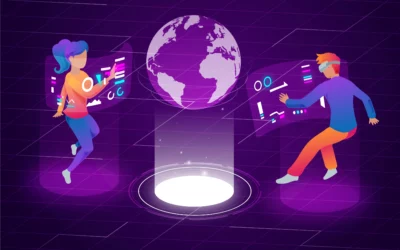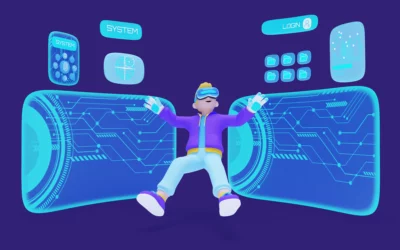Introduction
In an age where technology is an integral part of our daily lives, its impact on children cannot be ignored. The digital landscape, with its myriad devices, apps, and online content, has become a virtual playground for the younger generation. While technology brings many opportunities and benefits, it also raises concerns about potential effects on children’s physical, mental, and social development. In this blog, we will explore the multifaceted ways technology can influence our children.
Academic Development
The educational opportunities that technology offers kids are one of its main advantages. Learning may be made more interesting and engaging with the help of educational games, apps, and internet resources that promote creativity and improve cognitive abilities. With the help of technology, kids may learn about a wide range of subjects, get information quickly, and acquire vital 21st-century digital literacy skills.
Screen Time Conundrum
But the development of technology also brings with it drawbacks; screen time is a big worry for parents and teachers. Overuse of screens has been connected to several problems, including sedentary behavior, sleep difficulties, and perhaps harmful effects on physical health. A child’s general well-being depends on finding a balance between constructive screen time and other activities.
The Evolution of Society in the Digital Era
The way youngsters socialize and communicate has changed due to technology. Online interactions can foster relationships and friendships, but there’s a chance that they could impair in-person communication abilities. It’s critical to provide kids with responsible guidance on navigating the digital social world, stressing the value of compassion, empathy, and constructive communication in both online and offline contexts.
Online safety and cybersecurity
As the virtual playground grows, it is critical to protect kids’ online safety. Children should be taught by their parents and guardians the possible dangers of giving out personal information, connecting with strangers online, and coming across offensive content. Children can explore and learn in a safer online environment when adequate cybersecurity safeguards are put in place.
Concerns About Digital Addiction
Technology’s immersive nature raises concerns about digital addiction. Constant access to screens can cause reliance and harm a child’s mental health. Setting acceptable screen time limits, encouraging outside activities, and cultivating interests can all assist in reducing the risks of digital addiction.
Conclusion
As technology continues to evolve, its impact on children will continue. Parents, teachers, and society as a whole need to strike a balance between leveraging the benefits of technology for education and ensuring that children develop healthy habits in their digital interactions. By promoting responsible use and providing guidance, we can help our children navigate the digital playground and harness the positive aspects of technology while minimizing potential drawbacks.




